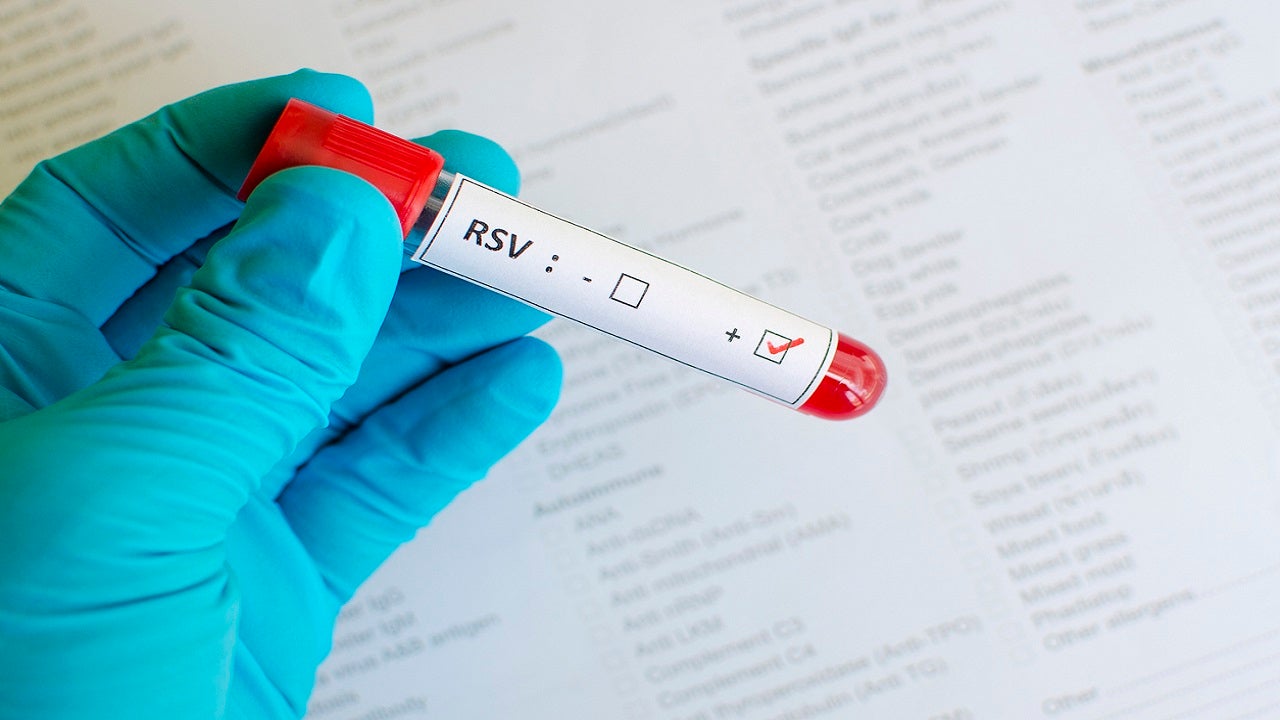A year ago, the nation watched in horror as the novel infectious-disease ravaged one of America’s biggest cities. New York City was the county’s early epicenter for COVID-19, with some 203,000 cases of the disease reported in the city during the first three months of the pandemic alone. Hundreds of deaths occur each day, and for months any relief from the devastation appeared elusive.
Health care workers on the pandemic’s front lines felt the effects of the crisis firsthand, with a new study pointing to one particular group who experienced staggering levels of anxiety and depression during the virus’s first wave: nurses.
A new study from New York University Rory Meyers College of Nursing found that city nurses caring for COVID-19 patients during the first wave of the pandemic experienced anxiety, depression and illness. But the study, published in Nursing Outlook earlier this month, also identified steps the nurses’ hospitals took to protect them during the first wave, what the study authors say can serve as an example of what hospitals can do during public health crises to support their nursing staff and protect their mental health.
The study is based on a survey of some 2,495 nurses across four hospitals in the New York City area that is part of NYU Langone Health. This study took place from May through July 2020, during the pandemic’s first wave.
HERE’S WHERE UNVACCINATED PEOPLE CAN REMOVE THEIR MASKS, ACCORDING TO CDC
Nearly 27% of nurses surveyed said they experienced anxiety during the first wave, while 17% said they had depression. These levels increased the more that nurses cared for COVID-19 patients, with intensive care unit nurses more likely to report depression than nurses working in other departments. Meanwhile, younger nurses were more likely to experience anxiety and depression than older nurses were, the study found.
About 13% of the nurses surveyed said they contracted the virus themselves, while 24% said they had family or a close friend who did.
What’s more, nearly half of the respondents said they had to self-isolate, while almost 1 in 5 lived in temporary housing provided by their hospital.
“Conflict between work and home responsibilities was linked to higher levels of depression and anxiety; residing in temporary housing was linked to lower depression and anxiety,” the study authors also found.
There were several key ways the nurses said their hospitals supported them during this crisis, however.
A whopping 75% of the nurses surveyed said coworker support helped them to forge ahead in caring for virus-stricken patients, while 58% said the same of family and friends.
“More than half of the respondents were assigned to a new unit as part of their hospital’s response to the pandemic. Of those, 77% felt that they had received sufficient support from staff at the new unit,” the study found.
Overall, less anxiety and depression were associated with more support in the workplace, better physician-nurse work relations, as well as access to certain hospital resources, such as adequate personal protective equipment.
“Anxiety and depression were higher among those with more organizational constraints,” the study authors noted.
Nurses who felt they were properly trained in the “donning, doffing and disposal of PPE” said this helped them better care for patients, while others cited “having a sense of mastery at work” as “the most protective factor against depression and anxiety” during the pandemic’s first wave.
“Prior education and experience did not necessarily translate to a pandemic with a novel virus: 24% of nurses had prior experience with epidemics, and only 23% reported that their nursing education was helpful in caring for COVID-19 patients,” per the study.
“A critical part of the public health response to the COVID-19 pandemic should be supporting the mental health of our frontline workers. Our study demonstrates that institutional resources — such as supportive staff relationships, professional development, providing temporary housing, and access to personal protective equipment — were associated with lower levels of anxiety and depression among nurses,” said Christine T. Kovner, RN, Ph.D., the Mathey Mezey Professor of Geriatric Nursing at NYU Meyers and the study’s lead author, in a statement.
“Hospitals can play a role in building and sustaining resiliency in their workforces by understanding the triggers that contribute to stress, depression, and anxiety, and by developing resources to minimize these factors, particularly during crises,” added Kovner.









